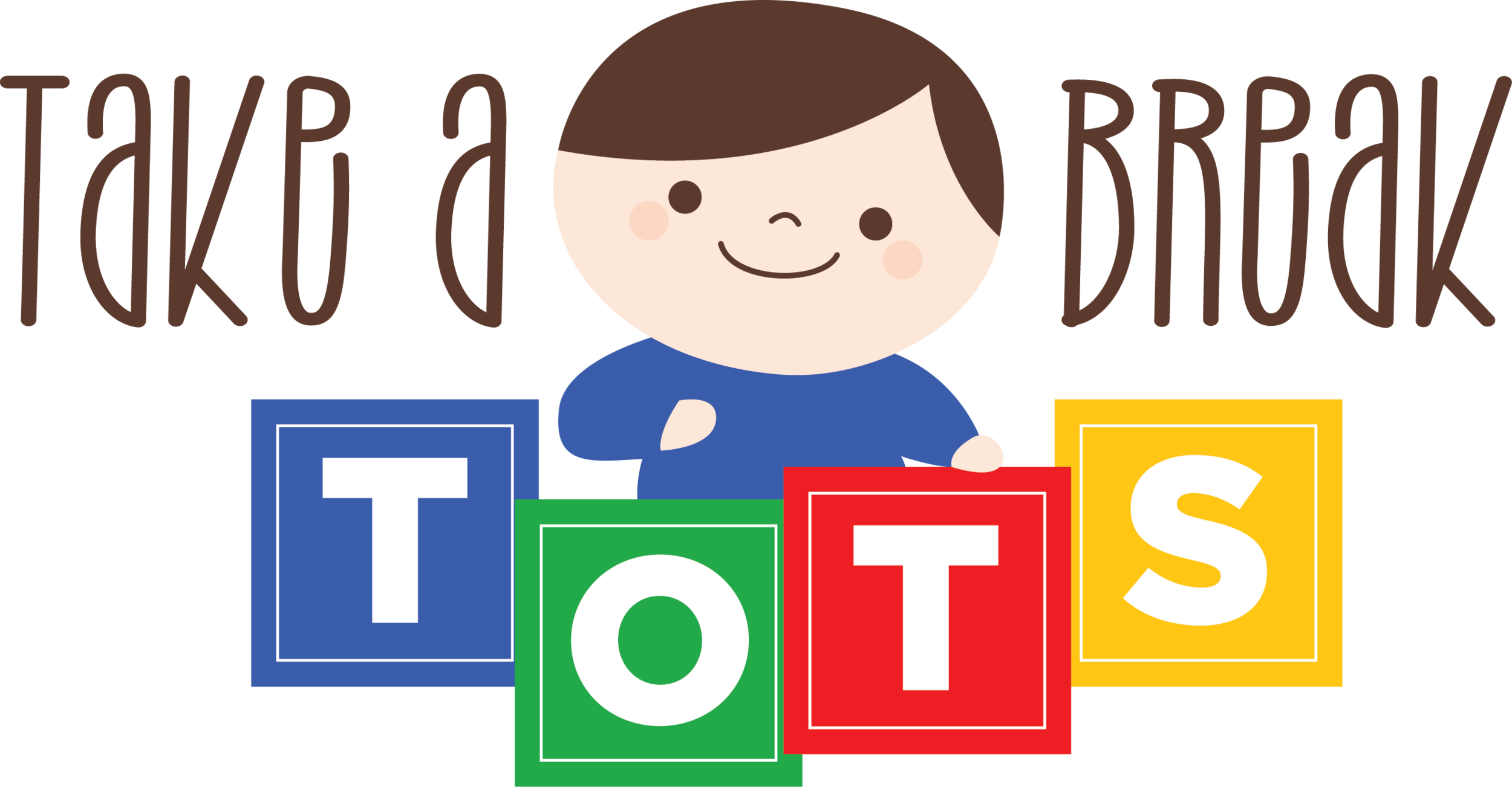Sibling Conflict
It can be hard to manage siblings during normal life. Keep us all home 24/7 and all of this togetherness is probably causing some serious tension between siblings in your household. If they are in school, either part-time or full time, they are used to getting a break from each other. Now, we’re all home, all the time, and it’s a lot to handle. No one knows how to push your buttons quite like a sibling. Usually, with school reprieves, they can handle it (usually). They love hard. They fight hard. I want to give yall some tips for handling sibling conflict, but first, I want to address the good things that can come from sibling fights.
There are actually many benefits to fighting with your sibling. You learn lessons in those conflicts that you might not otherwise get to learn. Through sibling conflict kids develop a stronger frustration tolerance, learn to confidently argue for what they want or believe is right, learn social boundaries, have better impulse control, develop a strong sense of empathy, learn to compromise, learn to apologize (we are not forcing “I’m sorry” – I need to write a post about this), learn good communication skills, learn to share and take turns (I also need to write a post about sharing), and so much more. Fights will happen. I want yall to know that some good can come from it.
However, there are times when you need to intervene or set up a plan to decrease the frequency (especially now). Particularly if someone is getting hurt – either physically or emotionally. Here are a few things you can do:
Build some alone time for your children into your daily routine. I’ve noticed that Max starts to get agitated about 2.5-3 hours after he wakes up. I imagine it’s the same in households with more kids. I recommend letting the kids play together (or do their own thing) first thing in the morning when they are fresh, then separate them around that 2.5-3-hour mark (or whenever you notice your kids get agitated). You can use a snack as a transition point. So - play together, stop for snack, then have some independent play time. Everyone can go to their rooms or to different sections of the play area. This is meant to save you from having to separate them punitively when conflict does arise. Be enthusiastic about it – “It’s time for independent play! Find something you want to play with and go to your spot.” At the end of the independent play time they can do a “show and tell” for each other about what they did. Make it fun!
While we are home, this is also a great time to help them develop strong communication skills to help conflict be more productive and positive. Conflict usually turns physical because there are some lacking communication skills. A few times a day, sit and observe your kids playing. You can play with them or sit nearby listening for any signs of building frustration. When those moments come up, intervene. Feed your kids the lines they need to resolve the conflict before emotions take over. Remember, saying “use your words” is not enough, the problem is that they don’t know the words to use or their emotions have blocked their access to those words. Here are two examples:
Your toddler (Amy) notoriously knocks down her big brother’s (Michael) block structures. Amy either simply likes to crash things or wants to play with Michael, but doesn’t know how to get his attention in a positive way.
If you think she wants to crash say, “Hold on! I think you want to crash something. Let’s build your own tower for you to crash. If you build it, you can knock it down. You may not knock down your brother’s.”
If she wants to play say, “I think you are hoping Michael will play with you. Ask him, ‘will you play with me?’ He might say yes, he might say no.”
Your kids (Ben and Max) are fighting over a toy and you need to help them take turns. You might have to take the toy and hold it in your lap while you do this to keep them focused.
I’d say, “Hold on! Let’s make a plan. Max, ask Ben if you can have a turn. Say, ‘Ben, can I have a turn?’” Wait for Max to repeat.
“Ben, you can tell Max ‘yes or not right now’. If the answer is not right now, we will make a plan. What do you say – yes or not right now?” Wait for Ben to repeat. He’ll likely say not right now.
“Max ask Ben ‘can I have a turn in 3 minutes or 5 minutes?’”
Wait for Ben’s answer. You might have to prompt him “Ben you heard Max’s words. What do you choose – 3 minutes or 5 minutes?”
He’ll probably say 5 minutes. “Ok, Max, it’s your turn in 5 minutes. What will you play while you wait?” It’s important to help the waiting child find something to do so he doesn’t just stare at the toy.
If Ben gets upset when his turn is up, you can repeat the steps to make a plan for him to have it back.
Be sure Ben doesn’t just hand over the toy reluctantly before his turn is over. Assure him that his turn is important and Max is a boy who can wait. Many kids (especially older siblings) will just relinquish the toy to avoid conflict or to make their sibling happy. That is not their job!

